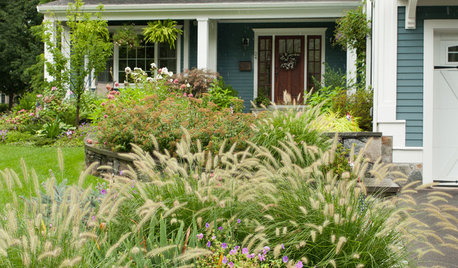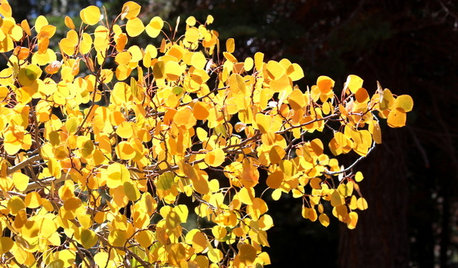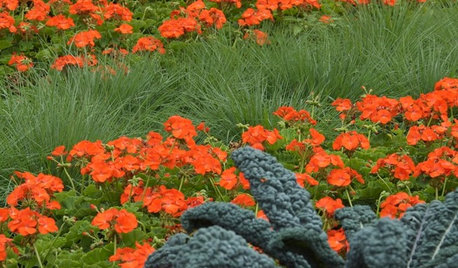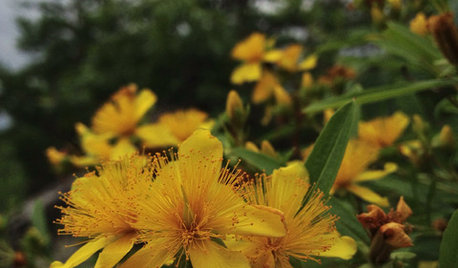just planted bed of invasive species
plagio
14 years ago
Related Stories

GARDENING GUIDESDo You Have This Invasive Plant in Your Yard?
Garlic mustard is spreading across the U.S. Here’s how to spot it and what to do
Full Story
FARM YOUR YARDHow to Build a Raised Bed for Your Veggies and Plants
Whether you’re farming your parking strip or beautifying your backyard, a planting box you make yourself can come in mighty handy
Full Story
LANDSCAPE DESIGNGreat Design Plant: Lively Fountain Grass Thrives Just About Anywhere
Enjoy fountain grass for its exuberant form, long-lasting color and texture for borders and more
Full Story
FLOWERSRudbeckia Mania: Go Beyond Black-Eyed Susan in the Garden
Branch out from typical nursery fare, with lesser-known Rudbeckia species that have delightfully unexpected features
Full Story
GARDENING GUIDES6 Plants That Beat Butterfly Bush for the Wildlife Draw
It's invasive, a nonnative and a poor insect magnet. Check out these better alternatives to butterfly bush in the garden
Full Story
GARDENING GUIDESGreat Design Plant: Bugle Weed, a Quick Ground Cover
It’s highly adaptable, suppresses weeds, reduces erosion and provide weeks of bright flowers. Just watch for invasiveness
Full Story
GROUND COVERSNative Alternatives to English Ivy, Japanese Pachysandra and Periwinkle
These shade-loving ground covers are good for the environment and say something about where you are
Full Story
LANDSCAPE DESIGNGreat Design Plant: Quaking Aspen for 3-Season Beauty — on Its Own Turf
It offers bright fall foliage, snowy winter bark and lush green leaves in summer. Just don't try to plant quaking aspen away from its home
Full Story
EDIBLE GARDENS7 Edible, Pretty Wonders of the Plant World
It's OK to like them just for their looks, but these flowers, trees and greens have a tasty side too
Full Story
GARDENING GUIDESHypericum Prolificum Brings the Best of St. Johnswort to the Garden
This eastern North American species pairs bright yellow summer flowers with compact shrubbery
Full Story





aezarien
trianglejohn
Related Professionals
Hershey Landscape Architects & Landscape Designers · Oconomowoc Landscape Architects & Landscape Designers · Norwood Landscape Contractors · Bristol Landscape Contractors · Dixon Landscape Contractors · Fort Mill Landscape Contractors · Holtsville Landscape Contractors · La Vista Landscape Contractors · Lewisville Landscape Contractors · Lexington Landscape Contractors · Los Banos Landscape Contractors · Miller Place Landscape Contractors · Monterey Landscape Contractors · New Cassel Landscape Contractors · San Benito Landscape Contractorsaezarien
plagioOriginal Author
Iris GW
trianglejohn
plagioOriginal Author
mbuckmaster
plagioOriginal Author
aezarien
Iris GW
aezarien
token28001
tamelask
brenda_near_eno
lynnencfan